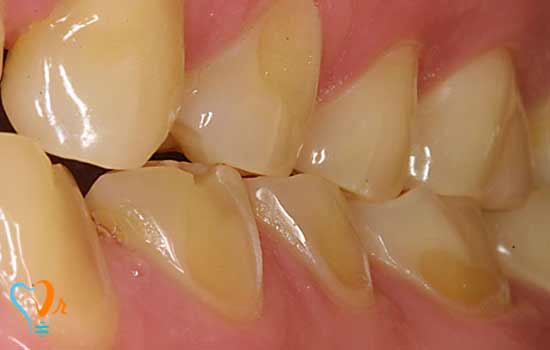Old Fillings

Old Fillings

The reason for the removal of old restorations and amalgams of old fillings older than 8 years should be fully examined. If microcracking and microcracking (microleakage) are present, we should see an old-dimensional radiographic picture of caries, then the previous filling should be replaced. The major problem with the old filling of amalgam occurs.
1. When you drink or eat cold and hot food, the teeth are sensitive and the teeth are long-lasting and painful, and it can even crack the teeth and break teeth.
2. Under the previous filling, decay occurs and this occurs in the long run.
3. There is a gap between the filling and the teeth, and a distinct boundary between the two occurs that is found in the clinic's examination of the dentist.
With these explanations and for the above reasons, a radiographic picture is taken from the patient's teeth, and then the old fill is replaced and a new fill is replaced.
What are the ways to replace old restorations?
With the technical advances and the production of new materials and the emergence of modern dental devices, there are several ways to replace this.
1- Composite filling: If the tooth structure is damaged less than 50% and there is decay, the tooth can be filled with tooth-colored materials. With a loss of less than 50% of the teeth (due to cracks or rot), about 90% of the tooth strength decreases.
2- Ceramic Inlays by Porcelain: This technique is used when about 60 to 40% of the tooth structure is degraded. These alternative porcelains are tighter and more robust than composite and are made in a dental laboratory. Usually, a session of repair and decay is removed and a mold is made from the tooth and the mold is sent to the lab. Ceramic inlays are made of porcelain, and in the second session, with a dental cement, the inlay is fastened.
3- Prosthetic (coating)
4- If the tooth structure is destroyed by more than 50%, the teeth must first be restored, but must be protected by the coating, because, as indicated above, the strength of the tooth is severely reduced, and in the long run, the fill material or the inlay It should be kept in place and should be covered by a fixed or coated prosthesis to prevent fracture and damage to the restorative material.

People who viewed this page also visited:
What are the dental implant treatment stages?
Implant Professional Center in Tehran
The best implant expert in Tehran
The best implant center in Tehran
What is immediate loading of dental implants?
Implant problems and implications
Force direction and its relationship with the implant body design
Unsuitable cases for dental implant
The geometry of the implant and its relationship with occlusal forces
The relationship of the implant body and functional surface














